It is a well known fact that carrots are good for the eyes. However, are there other foods that may be even better? In recent years, there has been more research done on the relationship between nutrition and eye health. Here, I hope to provide you with a brief summary of some of the most powerful foods that you can eat to protect your baby blues through the years.
1) Leafy Green Vegetables
Greens such as spinach, kale, collard greens, and Brussels sprouts are packed full of lutein and zeaxanthin, two antioxidants that greatly reduce your risk of macular degeneration, an eye disease that can lead to blindness. Many Americans are low in these antioxidants, which are only obtained through diet. Can’t stand the taste of uncooked kale or spinach? Try adding them to a smoothie with your favorite fruits, for a nutrient-packed breakfast.
2) Bell peppers
Just one yellow or orange pepper gives you about 4 times more Vitamin C than an orange! Vitamin C has been shown to reduce the risk of developing macular degeneration as well as slow the onset of cataracts. Other great sources of Vitamin C include broccoli, cauliflower, strawberries, and kiwi. Next time you make a salad, why not put some chopped bell peppers and strawberries on top? Delicious!
3) Nuts and seeds
Almonds make a delicious mid-day snack and are rich in Vitamin E and zinc, both of which can protect your eyes from free radical damage. Other great sources of Vitamin E and Zinc include sunflower seeds and peanuts.
4) Salmon
Those who eat fish rich in Omega-3s such as salmon, tuna, and halibut 2-3 times a week are at a lower risk for developing macular degeneration down the road. Additionally, these foods help provide relief from dry eyes. For the vegetarians out there, other great sources of Omega-3 Fatty Acids include flax seeds, soybeans, and walnuts.
5) Sweet potatoes
Providing even more Vitamin A than carrots, sweet potatoes help protect against dry eyes and night blindness. Other great sources of Vitamin A include mangoes, peaches, and yellow squash.
Though most eye diseases such as cataracts and macular degeneration occur in the later years of life, the processes that lead to their development begin much earlier. A lifetime of good health will yield its benefits down the road, and it is never too late to take the first step into a healthy lifestyle. A multivitamin can provide you with some of the vitamins I mentioned, but the best source is through diet. So, fill your plate with variety and color. Here’s to years of great health!









